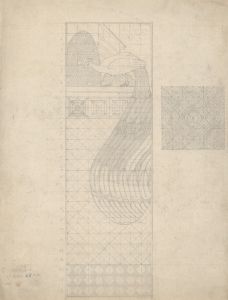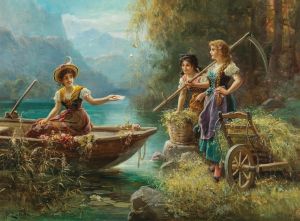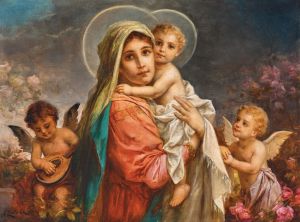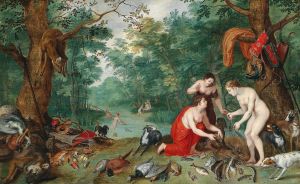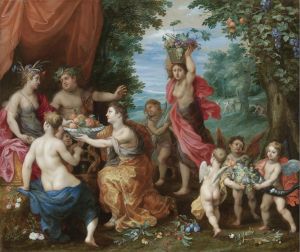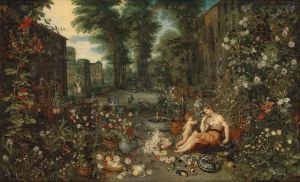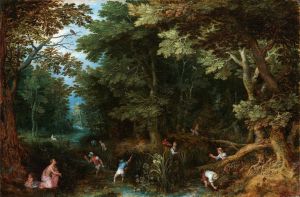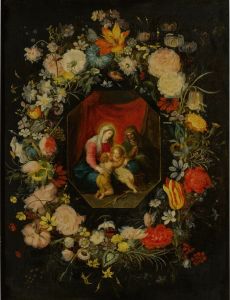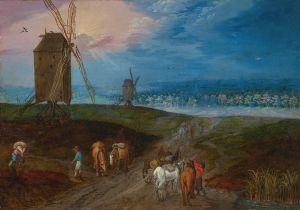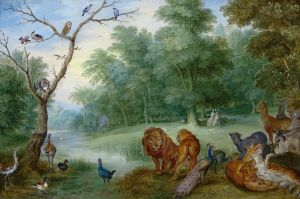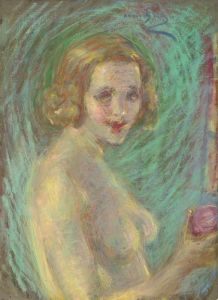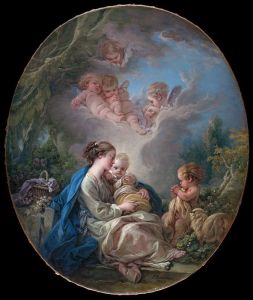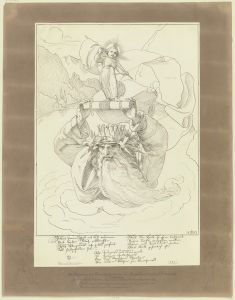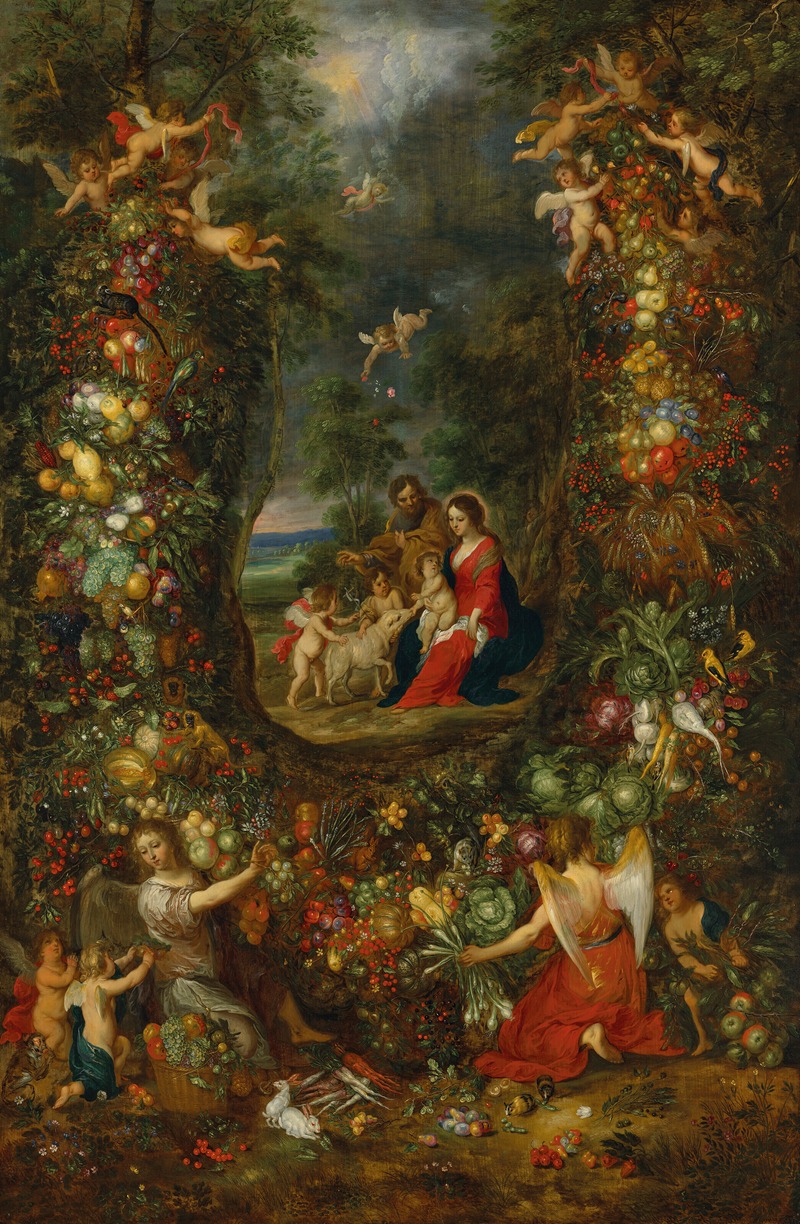
The Holy Family surrounded by a garland of fruit supported by putti
A hand-painted replica of Jan Brueghel the Younger’s masterpiece The Holy Family surrounded by a garland of fruit supported by putti, meticulously crafted by professional artists to capture the true essence of the original. Each piece is created with museum-quality canvas and rare mineral pigments, carefully painted by experienced artists with delicate brushstrokes and rich, layered colors to perfectly recreate the texture of the original artwork. Unlike machine-printed reproductions, this hand-painted version brings the painting to life, infused with the artist’s emotions and skill in every stroke. Whether for personal collection or home decoration, it instantly elevates the artistic atmosphere of any space.
"The Holy Family Surrounded by a Garland of Fruit Supported by Putti" is a painting attributed to the Flemish artist Jan Brueghel the Younger. This work is an example of the collaborative and symbolic style often associated with the Brueghel family, who were prominent painters during the late 16th and early 17th centuries in the Southern Netherlands (modern-day Belgium). Jan Brueghel the Younger was the son of Jan Brueghel the Elder, a renowned painter, and the grandson of Pieter Bruegel the Elder, one of the most significant artists of the Northern Renaissance.
The painting depicts the Holy Family—comprising the Virgin Mary, the Christ Child, and Saint Joseph—encircled by an elaborate garland of fruit. The garland is supported by putti, or cherubic figures, which are a common motif in Baroque art. The composition reflects the influence of the Counter-Reformation, during which religious imagery was used to inspire devotion and convey theological messages. The inclusion of the garland, a recurring element in Flemish art, symbolizes abundance, divine providence, and the beauty of creation.
Jan Brueghel the Younger was known for his detailed and intricate still-life paintings, particularly those featuring flowers and fruit. He often collaborated with other artists, including Peter Paul Rubens, to combine his skill in painting natural elements with their expertise in depicting figures. While it is unclear whether this specific painting involved collaboration, the integration of the Holy Family and the garland suggests a synthesis of religious and natural themes that was characteristic of the period.
The painting's precise date of creation is not definitively established, but it is consistent with the style and techniques employed by Jan Brueghel the Younger during his active years, which spanned the early to mid-17th century. The work exemplifies the Baroque era's emphasis on rich detail, vibrant color, and the interplay between the sacred and the natural world.
As with many works from this period, the painting's provenance and current location may vary depending on historical records and ownership changes. However, it remains an important example of Flemish Baroque art and the enduring legacy of the Brueghel family in European art history.





